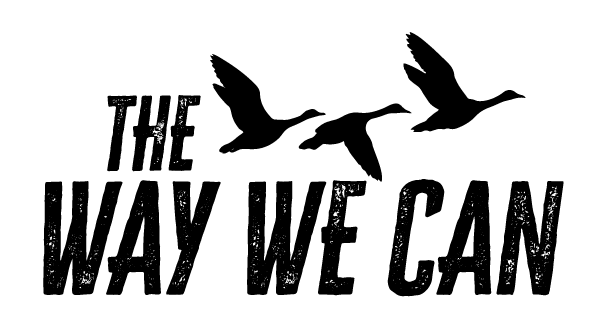Candor + Diplomacy: A Leadership Both/And
As leaders, we’re always managing polarities—those tensions that aren’t problems to solve but energies to balance.
One of the most critical?
Candor :: Diplomacy
💡 Candor is the courage to speak the truth. Without it, teams drift in fog. But candor without care? It fractures trust.
💡 Diplomacy is tact—the art of framing a message so it can be heard. Without it, candor becomes a weapon. But too much diplomacy? It slides into sugarcoating and avoidance.
Leadership is full of tensions that aren’t problems to solve, but realities to navigate. These are called polarities—pairs of interdependent values that both matter, even though they pull in opposite directions. Think of rest and work, stability and change, candor and diplomacy, structure and flexibility. Each pole brings benefits, and each carries risks when overdone. The real skill of leadership is not in choosing one side, but in learning to manage the dynamic between them. Over the next few blogs, I’ll share a few polarities that have come up recently in my work with clients—and how leaders can use them to strengthen their teams.
Candor and Diplomacy: A Leader’s Both/And Discipline
One of the most common polarities leaders need to navigate effectively is Candor :: Diplomacy.
Candor brings clarity. It is the straight talk, the truth-telling, the courage to name what others tiptoe around. Without candor, teams wander in fog, critical issues remain unspoken, and accountability falters. On the other hand, candor without care quickly tips into bluntness, eroding trust and damaging relationships.
That’s where Diplomacy enters. Diplomacy brings tact. It is the art of framing the message so it can be heard. It’s the sensitivity to timing, tone, and relationship dynamics. Without diplomacy, candor becomes a weapon. Yet too much diplomacy—without candor—turns into avoidance, sugarcoating, and politeness that never moves organizations forward.
Leaders need both. Not as a compromise, but as a dynamic balancing act. Imagine candor as the engine of progress and diplomacy as the steering system. One without the other either stalls the vehicle or drives it off course.
In practice, this polarity shows up daily:
Giving performance feedback. Too much candor and it lands as harsh criticism; too much diplomacy and the message doesn’t land at all.
Leading through change. Candor tells the truth about what’s at stake; diplomacy ensures people don’t shut down in fear.
Driving culture. Candor sets high standards; diplomacy nurtures belonging.
The trap is believing we must choose. Leaders often default to their comfort zone: “I pride myself on being direct,” or, “I value harmony above all.” But leaning too far into one pole predictably produces the downsides of neglecting the other.
What makes for great leadership is the discipline of breathing between the poles—knowing when to lean into candor to surface the truth, and when to lean into diplomacy so the truth can be absorbed and acted upon.
This isn’t just about communication skills. It’s about cultivating the awareness to hold both poles at once. To be grounded enough in yourself to say what needs to be said, and attuned enough to others to say it in a way that strengthens, not weakens, the relationship.
Candor without diplomacy fractures trust. Diplomacy without candor wastes time. Both together? That’s the infrastructure of strong leadership—and the foundation for teams that thrive.
Which side of this polarity do you tend to lean on most as a leader? What helps you balance the other side?


